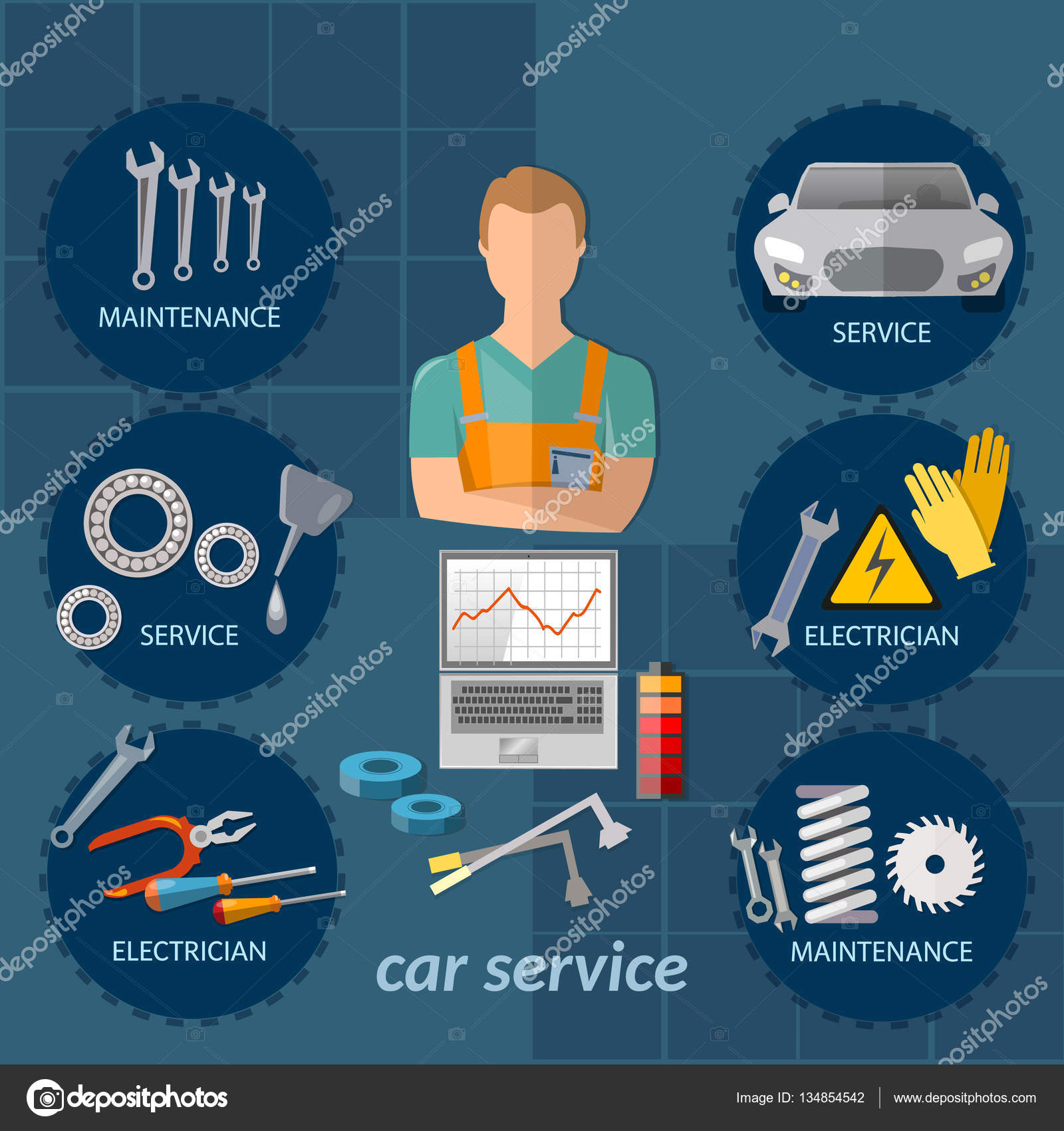Evaluating Your Auto'S Caution Indicators: What They Really Communicate
Evaluating Your Auto'S Caution Indicators: What They Really Communicate
Blog Article
Personnel Writer-Boye Winters
When you lag the wheel, those radiant caution lights on your control panel can be a little bit puzzling. Do you recognize what they're trying to tell you concerning your automobile's wellness? Understanding the value of these lights is essential for your security and the durability of your automobile. So, the next time one of those lights turns up, wouldn't you wish to decode its message properly and take the required steps to address it?
Common Warning Lighting and Interpretations
Identify common warning lights in your automobile and understand their meanings to ensure risk-free driving.
One of the most common caution lights include the check engine light, which signifies concerns with the engine or exhausts system. If https://beckettmicws.thenerdsblog.com/35559285/tired-of-sub-par-results-explore-methods-to-bypass-typical-vehicle-outlining-errors-and-open-the-secrets-to-a-perfect-appearance comes on, it's essential to have your car checked without delay.
The oil pressure warning light indicates reduced oil pressure, calling for immediate focus to avoid engine damages.
A blinking battery light could recommend a malfunctioning charging system, possibly leaving you stranded otherwise addressed.
The tire stress monitoring system (TPMS) light notifies you to reduced tire pressure, influencing vehicle security and gas performance. Ignoring this could result in dangerous driving problems.
The ABS light indicates an issue with the anti-lock stopping system, jeopardizing your capability to quit swiftly in emergency situations.
Last but not least, the coolant temperature level advising light warns of engine overheating, which can lead to severe damages if not solved swiftly.
Recognizing these typical caution lights will certainly aid you resolve concerns promptly and maintain secure driving problems.
Value of Prompt Attention
Comprehending the common caution lights in your car is only the very first step; the importance of without delay dealing with these warnings can not be highlighted enough to ensure your safety when traveling.
When a caution light illuminates on your dashboard, it's your automobile's method of connecting a possible concern that requires attention. Neglecting these warnings can cause a lot more severe issues in the future, compromising your safety and potentially costing you more out of commission.
Trigger interest to warning lights can avoid break downs and accidents. As an example, a blinking check engine light can indicate a misfire that, if left unattended, might create damages to the catalytic converter. Addressing try this out can conserve you from a pricey repair service.
Similarly, a brake system cautioning light might signify reduced brake fluid or used brake pads, important elements for your security when driving.
Do It Yourself Troubleshooting Tips
If you observe a warning light on your control panel, there are a couple of DIY troubleshooting tips you can try prior to seeking professional aid.
The very first step is to consult your car's guidebook to recognize what the specific caution light shows. In some cases the concern can be as straightforward as a loosened gas cap causing the check engine light. Tightening the gas cap might solve the problem.
Another usual concern is a reduced battery, which can set off numerous alerting lights. Inspecting the battery connections for rust and guaranteeing they're protected may take care of the issue.
If a caution light continues, you can try resetting it by disconnecting the cars and truck's battery for a couple of minutes and then reconnecting it. Additionally, checking your car's liquid degrees, such as oil, coolant, and brake liquid, can assist troubleshoot advising lights related to these systems.
Final thought
To conclude, recognizing your automobile's warning lights is important for maintaining your car running smoothly and safely. By immediately addressing these signals and knowing what they mean, you can avoid costly repairs and potential break downs.
Remember to consult your cars and truck's guidebook for particular information on each advising light and do something about it accordingly to ensure a hassle-free driving experience.
Stay informed, remain safe on the road!
